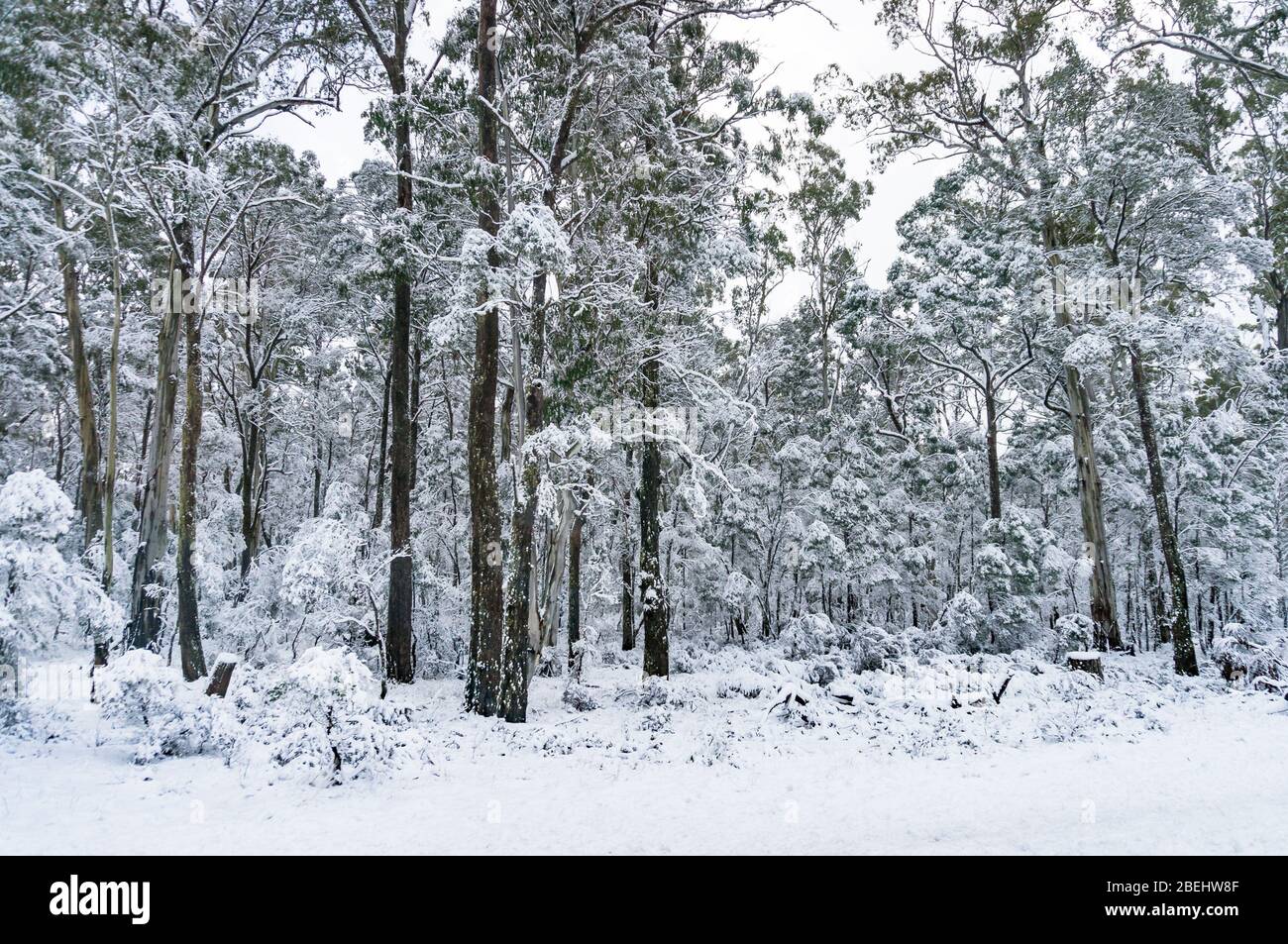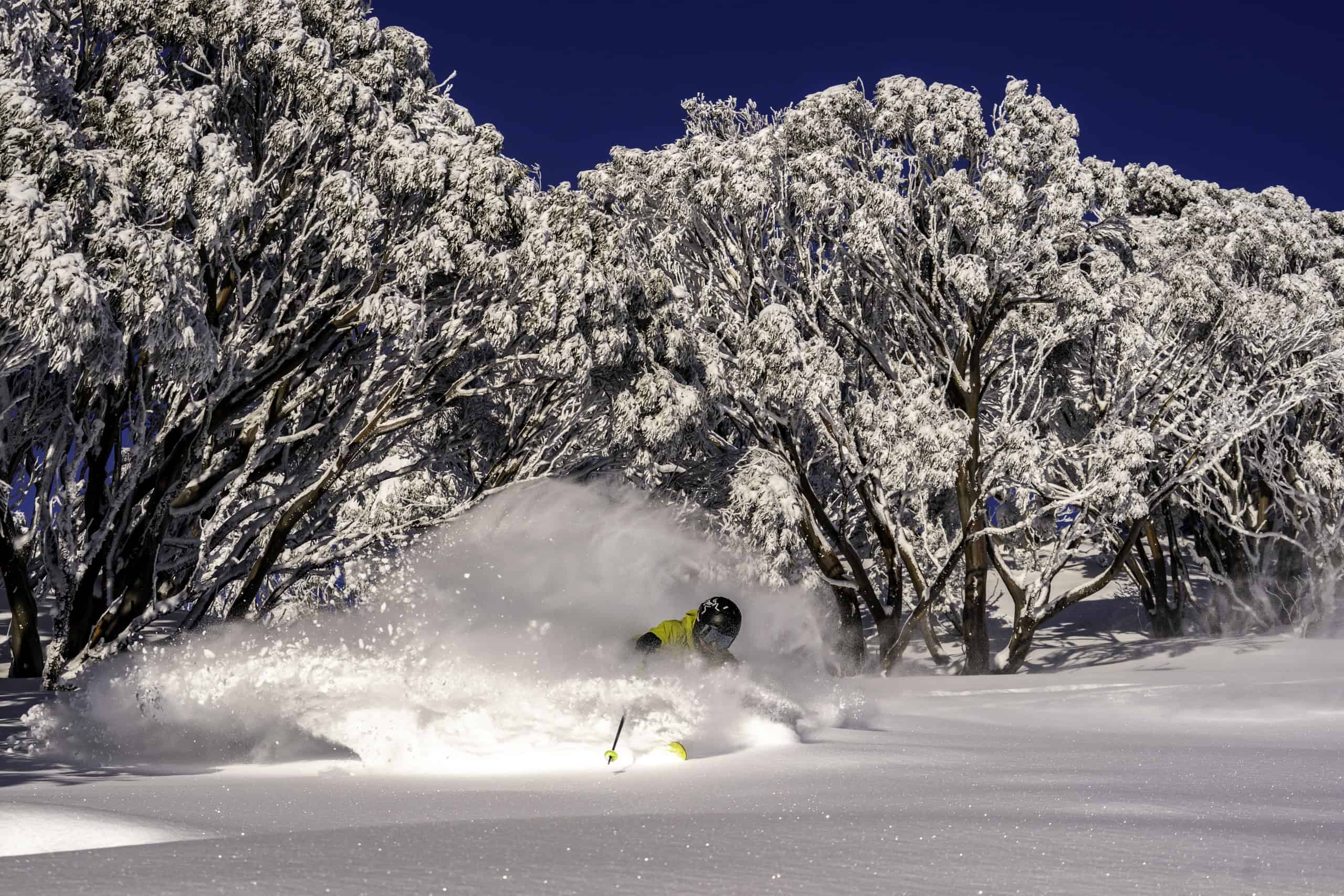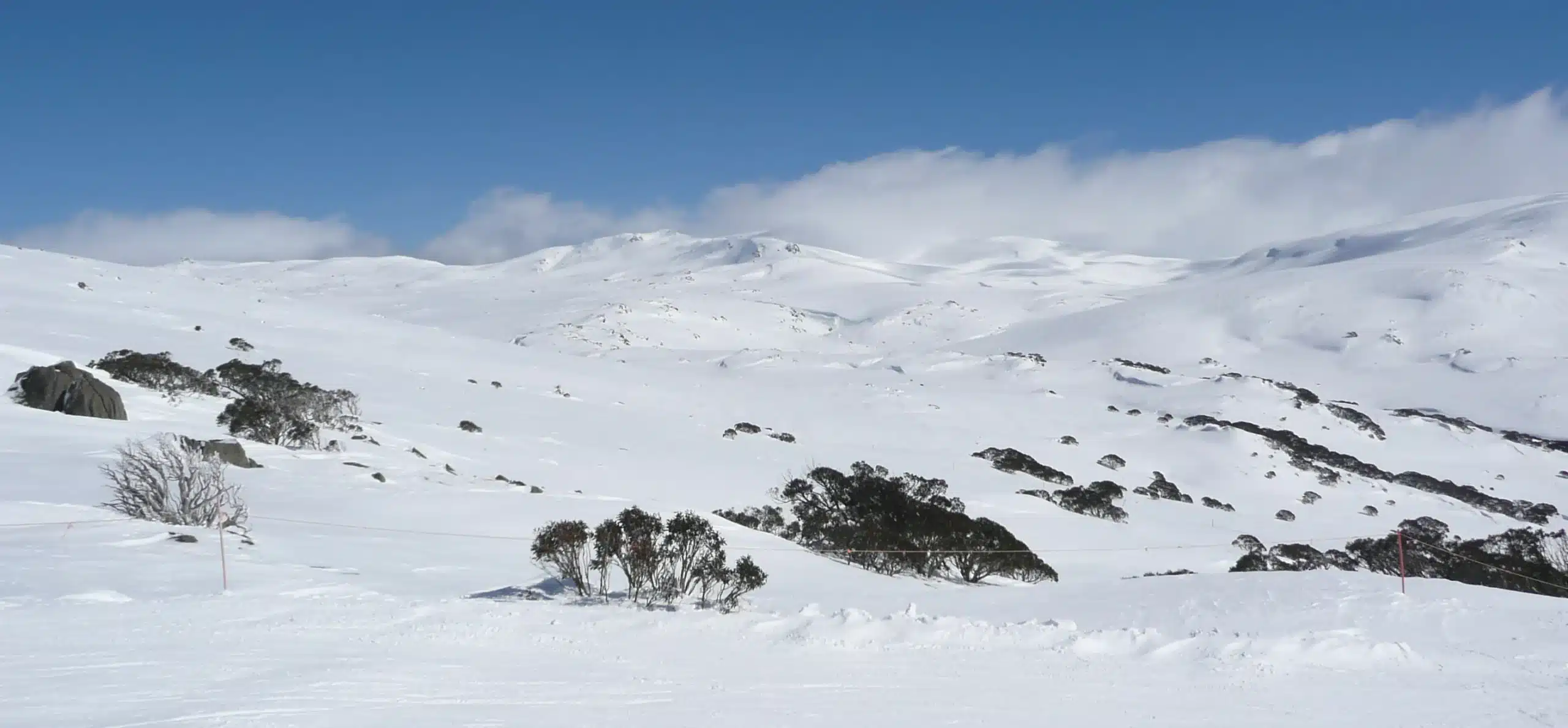Organize Your Next Adventure to Experience Snow In Australia with Family
Organize Your Next Adventure to Experience Snow In Australia with Family
Blog Article
The Different Types of Snow in Australia and Their Effect On Winter Season Sports
Australia, known for its sun-soaked beaches, is additionally home to a diverse selection of snow problems that dramatically affect wintertime sporting activities. Each type, from the damp seaside snow to the dry indoor powder, presents special challenges and advantages for professional athletes. An understanding of these variants is necessary for those seeking to browse the Australian inclines, as each needs different strategies and strength. The complying with expedition will certainly discuss the implications of these snow types on winter sporting activities performance.

Understanding the Qualities of Various Snow Kinds
While several assume that snow is a homogeneous entity, it is necessary to recognize that there are different types, each with one-of-a-kind features. In Australia, these variants are especially obvious because of climatic variety. Coastal snow, located in areas such as the Snowy Mountains, is commonly wetter and denser as a result of high dampness material, making it perfect for snowball fights or building snowmen. On the various other hand, the snow located in the interior areas like the Australian Alps is drier and lighter, typically contrasted to a cosy powder. These distinctions in snow type aren't just aesthetic; they considerably impact winter sporting activities, determining the ease of activity, the speed achievable, and the level of control called for from professional athletes.
The Effects of Powder Snow on Winter Sports and Snowboarding
Despite its light and fluffy look, powder snow in the Australian Alps presents both one-of-a-kind obstacles and possibilities for winter season sporting activities lovers, specifically those taken part in snowboarding and snowboarding. The loosened, dry nature of powder snow can at first be tough to navigate for novices, calling for cautious balance and control. Nevertheless, for even more experienced professionals, the soft, untracked snow supplies a thrilling experience, enabling nimble and dynamic activity. The forgiving and smooth surface of powder snow additionally lowers danger of injury throughout falls, making it a preferred option for severe wintertime sports. Yet, it's worth keeping in mind, the varying depth and uncertain nature of powder can sometimes bring about concealed barriers, asking for constant watchfulness.

The Difficulties and Benefits of Stuffed Snow in Wintertime Sports
Shifting emphasis from the loose, dry powder snow, one more widespread sort of snow in the Australian Alps is packed snow, presenting its own collection of difficulties and benefits in the world of winter sporting activities. This denser, much more solidified form of snow offers a quicker, slicker surface area, benefiting sporting activities like downhill winter sports and snowboarding, boosting speed and precision. see page Nonetheless, the same characteristics likewise present difficulties. Its hard surface area can be dangerous, increasing the possibility for injuries throughout drops. Furthermore, controlling and browsing turns rate can be hard on packed snow, calling for higher skill levels from athletes. In spite of these challenges, loaded snow remains a vital component in numerous winter sporting activities, forming the efficiency and approaches of professional athletes.
The Role of Wet Snow in Australian Winter Seasons Gamings
In contrast to the dense, slick surface of stuffed snow, damp snow plays an entirely different duty in Australian winter months video games. Does Australia Get Snow. Its malleability makes it optimal for snow sculpting occasions and for strengthening snow structures in sports like snow fort fights.

Exactly How Slushy Snow Influences Winter Sports Performance
Proceeding the exploration pop over to these guys of differing snow problems in Australia, the impact of slushy snow on winter season sports is an additional appealing aspect. Slushy snow, resulting from warmer temperature levels or direct sunlight, positions one-of-a-kind obstacles to professional athletes. Thus, slushy snow transforms the wintertime sports landscape, demanding not only enhanced physical exertion from professional athletes but likewise a better focus on safety precautions.
Adjusting Winter Months Sports Techniques to Different Snow Problems

Final Thought
To conclude, Australia's varied snow types significantly influence wintertime sporting activities performance. Each type, from the slick seaside snow to the drier indoor powder and the heavy, sticky damp snow, presents unique challenges and advantages. Therefore, athletes must adapt their strategies to navigate these differing problems efficiently. The snow's formative function emphasizes the importance of comprehending its features to maximize performance and security in Australia's winter months sports landscape.
Moving focus from the loosened, completely dry powder snow, another prevalent type of snow in the Australian Alps is packed snow, posturing its own set of challenges and advantages in the realm of winter season sporting activities - Does It Snow In Australia.In contrast to the thick, glossy surface of stuffed snow, damp snow plays an entirely various role in Australian winter months games. Its pliability makes it excellent for snow sculpting events and for strengthening snow frameworks in sports like snow fort go to this web-site fights.Proceeding the exploration of varying snow problems in Australia, the effect of slushy snow on winter sports is another appealing variable. Each type, from the slick seaside snow to the drier indoor powder and the heavy, sticky wet snow, offers distinct difficulties and benefits
Report this page